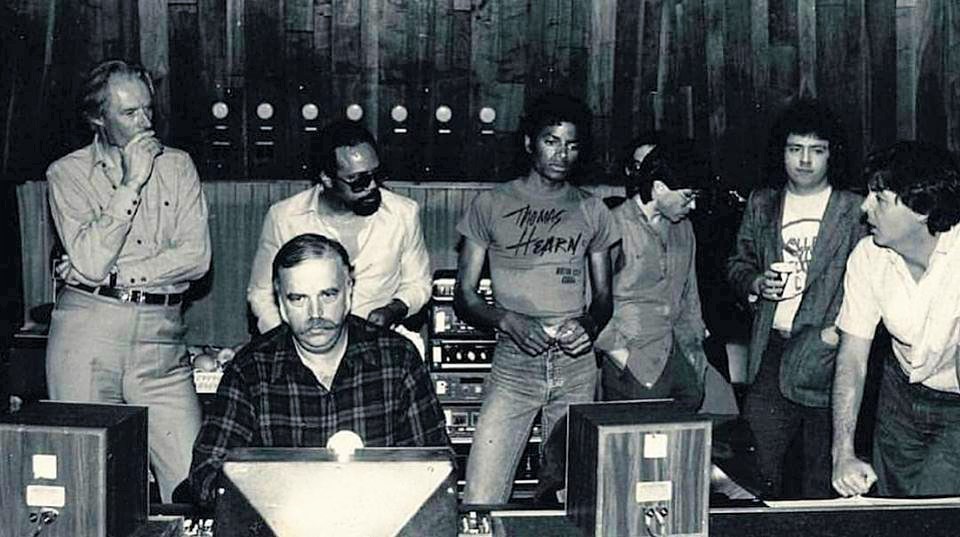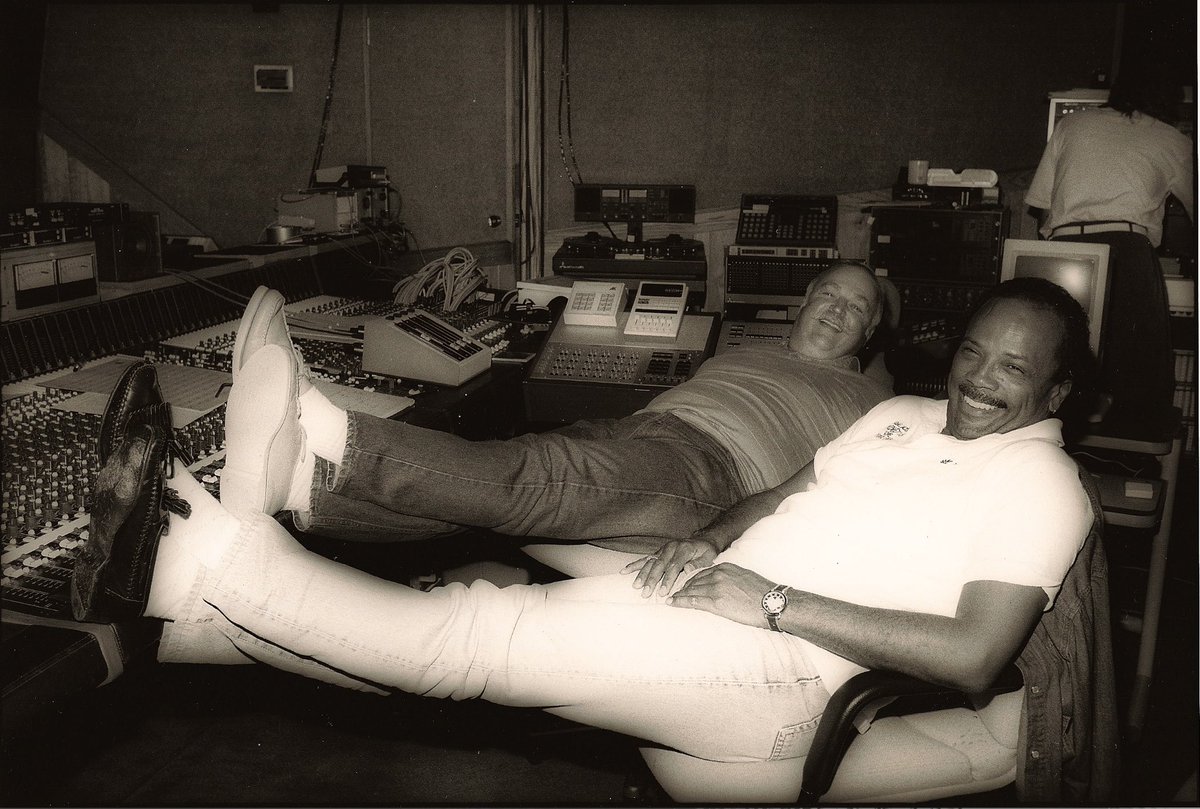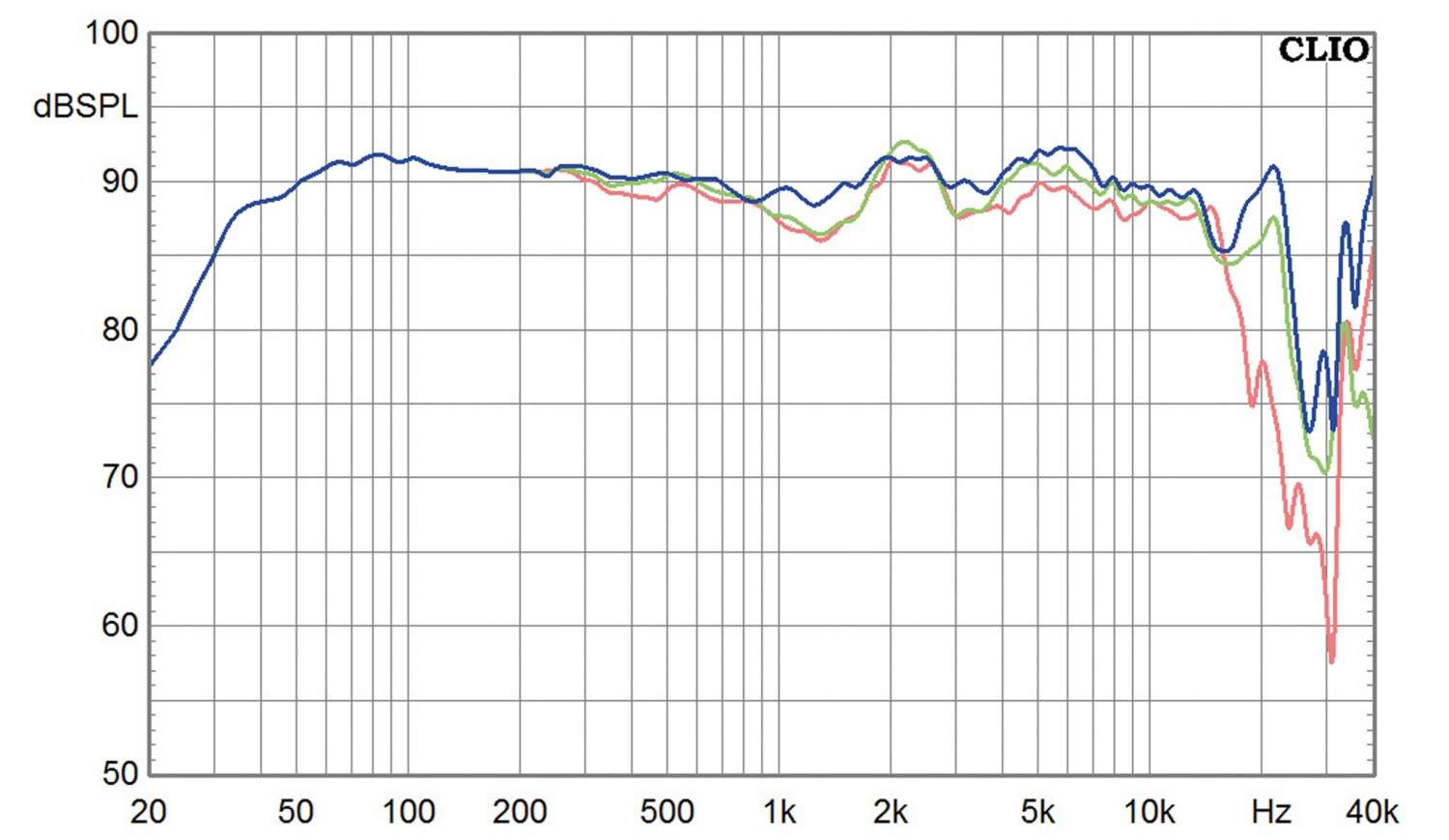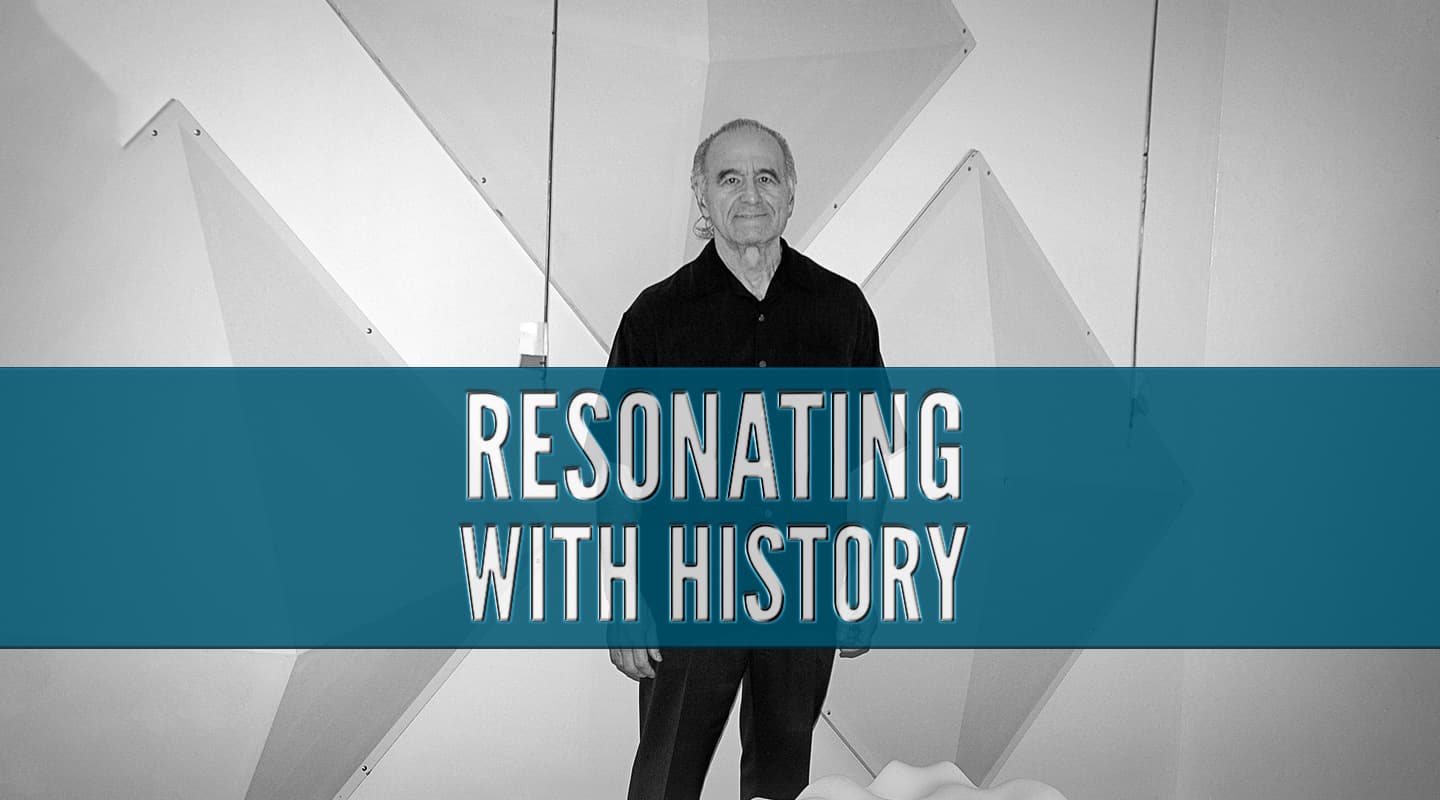May I throw another idea into the mix (so that everyone hates me)? I think we are missing/neglecting the cultural aspects at play. Work/professional culture.
Engineers communicate with each other via standards. It is a lingua franca that's understood by all degreed engineers (and scientists). I am talking about engineers who've passed through engineering school, not those who've picked up learning on their own and call themselves engineers. These degreed EEs tend to have worked at tech companies (as have Amir and I; I have an EE). and this further inculcates one in the value and utility of standards and how standards enable one to share knowledge/bring it forward cleanly and correctly
Musicians, (many, not all) recording, mixing, and mastering engineers tend NOT to be degreed engineers. Recording "engineers" very often learn their craft by doing and by being "apprenticed" to studios and within the music industry. They are NOT steeped in the value of standards. They are not quantitative folks. They are subjectivists (in a good sense, not the Stereophile cable elevator sense).
THESE TWO GROUPS -- the degreed engineers on the one hand and the recording industry ppl on the other -- SPEAK DIFFERENT LANGUAGES.
I think this is the root of the disconnect.
An analogous situation (with which I'm less familiar) is how now there are many tech people (e.g., at Apple and Amazon, et al) who are now in this new streaming era at the top of the TV/cable/streaming content creation chain. They are the ones greenlighting movies and TV series. They too speak a different language from the traditional Hollywood types. I'm sure there is a huge cultural disconnect at the interfaces between these two groups, too.
I think you have hit on a very key point. Some audio engineers have degrees in music production from places like Eastman, Berklee, Full Sail, most do not. Bob Ludwig and Phil Ramone are two that stand out from the crowd in that regard. The rest, as you say, tend to have a strong music background, not all, and all of them apprenticed.
You are missing one leg of this three-legged stool, however. The studio designers. Remember, Dr. Toole has advocated for standards for studio monitors, but also studio control rooms (as has Dr. Olive). So now you have Acoustic Engineers, the ASA who figure into this mix. The two giants in that regard are George Augspurger and Tom Hidley.
"George Augspurger is recipient of the Helmholtz-Rayleigh Interdisciplinary Silver Medal in Architectural Acoustics and Engineering Acoustics of the Acoustical Society of America “for contributions to design of recording studios, performance venues, and loudspeakers, and for decades of patent reviews.” The Helmholtz-Rayleigh Interdisciplinary Silver Medal is presented to individuals for contributions to the advancement of science, engineering, or human welfare through the application of acoustic principles, or through research accomplishment in acoustics. George Augspurger is President of Perception Inc. Consultants in Acoustics. He served previously as Manager of the Professional Products Division, then Technical Director, of James B. Lansing Sound, Inc. Mr. Augspurger received an M.A. from the University of California, Los Angeles.
He is a Fellow of the ASA and the Audio Engineering Society. In 2020 he was the recipient of a Technical Grammy Award from the Recording Academy with the citation “pioneering audio engineer and designer George Augspurger—for contributions to the film and recording industries. Mr. Augspurger has designed recording studios, mix rooms, mastering rooms, and dubbing theaters for scores of clients including MGM Studios, Paramount Pictures, RCA Records, and Walt Disney lmagineering. He has served as a Patent Reviewer of the Journal of the Acoustical Society of America since 1981 authoring about 4800 reviews covering loudspeakers, microphones, digital signal processing for surround sound and 3D sound, noise control, and other topics."
Attached is a paper by George Augspruger that goes into the history of the design of studios and control rooms from an acoustics point of view. It's only about two pages but discusses how he and others like Hidley advanced design and that de facto standards emerged. Dr. Toole is mentioned as part of that mix as well.
The history and standards associated with acoustic treatments for sound rooms, and an interview with the leader in research and standards for that endeavor (Peter D'Antonio) can be found here:
[...]Read More...

www.audiotechnology.com






